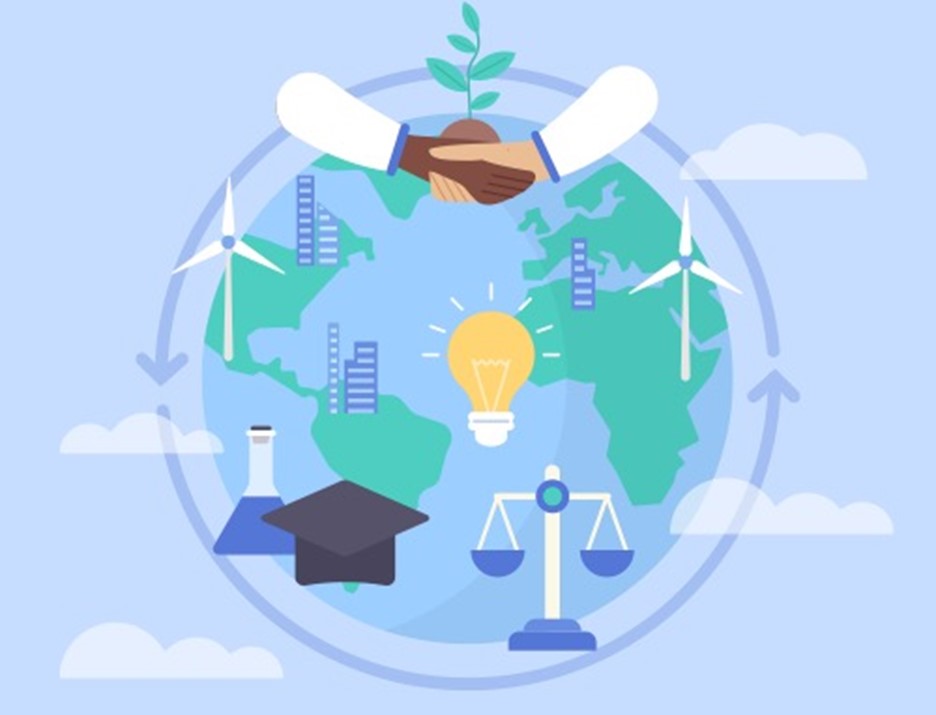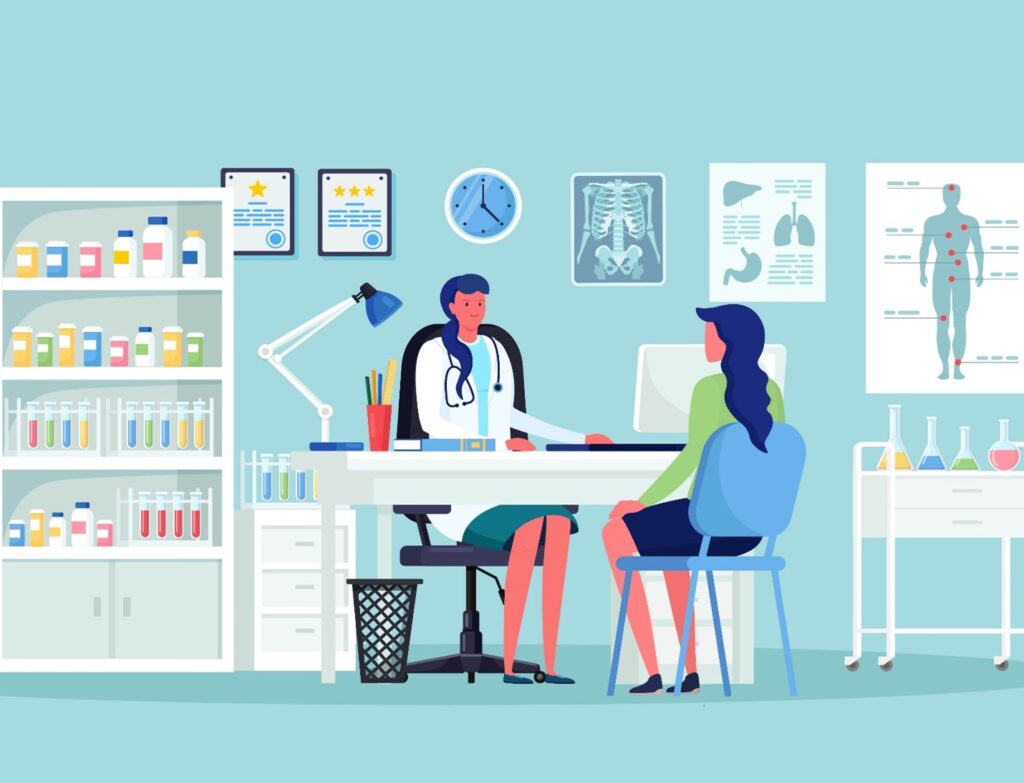
Grades 9-12
Happy EconEdMonth! Celebrate economics all month long by visiting EconEdMonth.org

Don't have an account yet? Sign up for free
Don't have an account yet? Sign up for free


Students examine tradeoffs and profit- maximization decisions in the case study of Kaiser Aluminum, which decided to shut down aluminum production in favor of reselling electricity.
Profit is the incentive that drives our market economy. Firms make production, pricing, and hiring decisions based on their quest for profit. But what happens when a firm discovers that it can make dramatically higher profits by stopping production altogether? In December 2000, due to wild swings in the market for electricity, Kaiser Aluminum faced just such a decision.
Profit. The quest for profit is the incentive that drives our market economy. Profits draw entrepreneurs into industry, because they give entrepreneurs the incentive to accept the risks of losing investment in creating new firms or businesses. Once established, profits continue to serve as an incentive; firms may make adjustments in production to raise their revenues and lower their costs, for example, to improve profit margins. With cost-benefit analysis, firms measure the costs and benefits of alternative courses of action, making the decision that will enable them to make the most of their resources and improves their profits.
In the quest for profit, firms must make choices that involve trade-offs. Tradeoffs occur when one choice is made rather than another. For example, a firm may decide to produce goods using human labor rather than machinery. Such decisions also involve an economic concept known as opportunity cost. Opportunity cost is the next best alternative given up, when one decision is made rather than another. For example, if a firm had the choice of producing aluminum or steel, and the firm chose to produce aluminum, the opportunity cost of that decision would be the steel which was not produced. Because resources are scarce, every decision involves an opportunity cost. And when firms make decisions in their pursuit of profits, tradeoffs and opportunity costs result.
 When making production decisions, firms must consider both their costs and revenues. One important concern for many firms is utility costs. According to Ken Goeke of the Northern California Power Agency, while most firms buy electricity directly from utility companies, others have contracts directly with generators. In most cases, firms do not have contracts with electric utilities to buy a specific amount of electrical power; they simply use the amount of electricity they need and pay the electric company for the electricity used. If such a firm stops production and uses no electricity, its utility costs fall to zero. However, in 1996, Kaiser Aluminum Corporation in Spokane, Washington, entered into a five-year agreement with Bonneville Power to purchase a fixed amount of power at the price of $22 per megawatt hour, with the right to resell any unused electricity back to Bonneville Power at the current market price. Each company took a risk in this arrangement, with Kaiser Aluminum risking the possibility that energy prices would fall, and it would remain locked into an agreement to pay the $22 per megawatt hour, regardless of current prices. Bonneville Power risked the possibility that energy prices would substantially increase, and it would remain locked into an agreement to supply Kaiser Aluminum a set amount of electricity for $22 per megawatt hour, regardless of current prices. In 2002, due to a shortage of electricity in the western US and several other factors, the price of electricity began to skyrocket and fluctuate wildly, to more than $50 per kilowatt hour in May, to nearly $175 per kilowatt hour in August, to nearly $300 per kilowatt hour in December. To see the changes in energy prices in 2002, got to page 22 on the California Energy Commission 2002-2012 Electricity Output Report .
When making production decisions, firms must consider both their costs and revenues. One important concern for many firms is utility costs. According to Ken Goeke of the Northern California Power Agency, while most firms buy electricity directly from utility companies, others have contracts directly with generators. In most cases, firms do not have contracts with electric utilities to buy a specific amount of electrical power; they simply use the amount of electricity they need and pay the electric company for the electricity used. If such a firm stops production and uses no electricity, its utility costs fall to zero. However, in 1996, Kaiser Aluminum Corporation in Spokane, Washington, entered into a five-year agreement with Bonneville Power to purchase a fixed amount of power at the price of $22 per megawatt hour, with the right to resell any unused electricity back to Bonneville Power at the current market price. Each company took a risk in this arrangement, with Kaiser Aluminum risking the possibility that energy prices would fall, and it would remain locked into an agreement to pay the $22 per megawatt hour, regardless of current prices. Bonneville Power risked the possibility that energy prices would substantially increase, and it would remain locked into an agreement to supply Kaiser Aluminum a set amount of electricity for $22 per megawatt hour, regardless of current prices. In 2002, due to a shortage of electricity in the western US and several other factors, the price of electricity began to skyrocket and fluctuate wildly, to more than $50 per kilowatt hour in May, to nearly $175 per kilowatt hour in August, to nearly $300 per kilowatt hour in December. To see the changes in energy prices in 2002, got to page 22 on the California Energy Commission 2002-2012 Electricity Output Report .
The dramatic increase in production cost was only one issue facing the aluminum industry. At the same time, aluminum production in other countries was quickly increasing, and the excess capacity depressed aluminum prices worldwide. The higher production cost, combined with lower prices for the finished aluminum product, spelled disaster for some producers. Vanalco Inc., in Vancouver, Washington, had only contracted with Bonneville Power to buy 5% of its power at the lower prices. The firm chose to accept the risk of buying the remaining 95% of its electricity at market prices as needed. As those electric prices continued to rise, Vanalco could not afford to continue production. It shut its door, sold its 5% share of electricity back to Bonneville Power at current prices, and eventually declared bankruptcy. Read about Vanalco's decision.
Kaiser Aluminum had contracted with Bonneville power for all of its electricity needs and found itself in the unique position of being an electricity consumer and, potentially, an electricity reseller. By December 2000, Kaiser faced a difficult decision of continuing its current aluminum production and profit levels, or closing the plant to dramatically increase its profits by simply reselling its electricity.
Read these stories on Kaiser Aluminum:
"Steelworkers “Turn Up the Heat” on Kaiser Aluminum for Failure to Comply With BPA Power Contract" and “Kaiser makes a bundle by reselling power”
Then answer the questions below.
Kaiser Aluminum weighed the tradeoffs of producing aluminum or reselling energy. Using cost-benefit analysis, Kaiser made a profit-maximizing decision. Although the company recognized its opportunity costs, it was convinced that given the volatility of the energy market, it was in a better position to protect itself in the long run by making its difficult decision. Although this was a dramatic example, companies face decisions every day that require them to make choices among alternatives. While the corporation, its shareholders, workers, consumers, and local taxing bodies, may disagree about what is the best decision, the profit motive allows our market economy to run relatively smoothly while giving companies the greatest possible freedom to make the decisions that are best for themselves.
Industries and market conditions are subject to constant change. To find out the current conditions in the aluminum industry, please visit these web sites:
Write a paragraph describing current conditions in the aluminum industry. What has been the recent trend in aluminum prices? Why? Is production increasing or decreasing? Why? What is happening to production in other nations, compared to production in the US? Why? How are changes in production related to changes in the cost of production and changes in the price firms can charge for their aluminum products? Given the current aluminum industry conditions and the changes in electricity prices noted in the California Energy Commission web site, do you think Kaiser would have made the same decision today? Why?
Given the information from the article, if you were an economist for Kaiser Aluminum, what would you have suggested that Kaiser do: continue to produce aluminum or shut down and resell energy? Write a paragraph explaining your recommendations to the company. Be sure to discuss tradeoffs, opportunity cost, cost-benefit analysis, and the profit motive in your analysis. Then write three brief paragraphs advising Kaiser how you would expect the shareholders, customers, and employees to react to Kaiser’s decision, and the reasons for their reactions.

Grades 9-12


Grades 9-12

Grades 9-12
